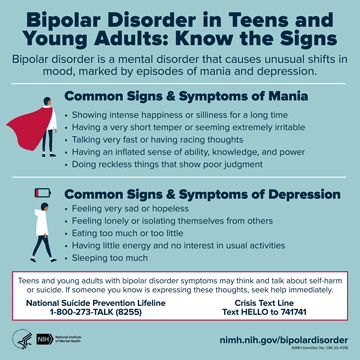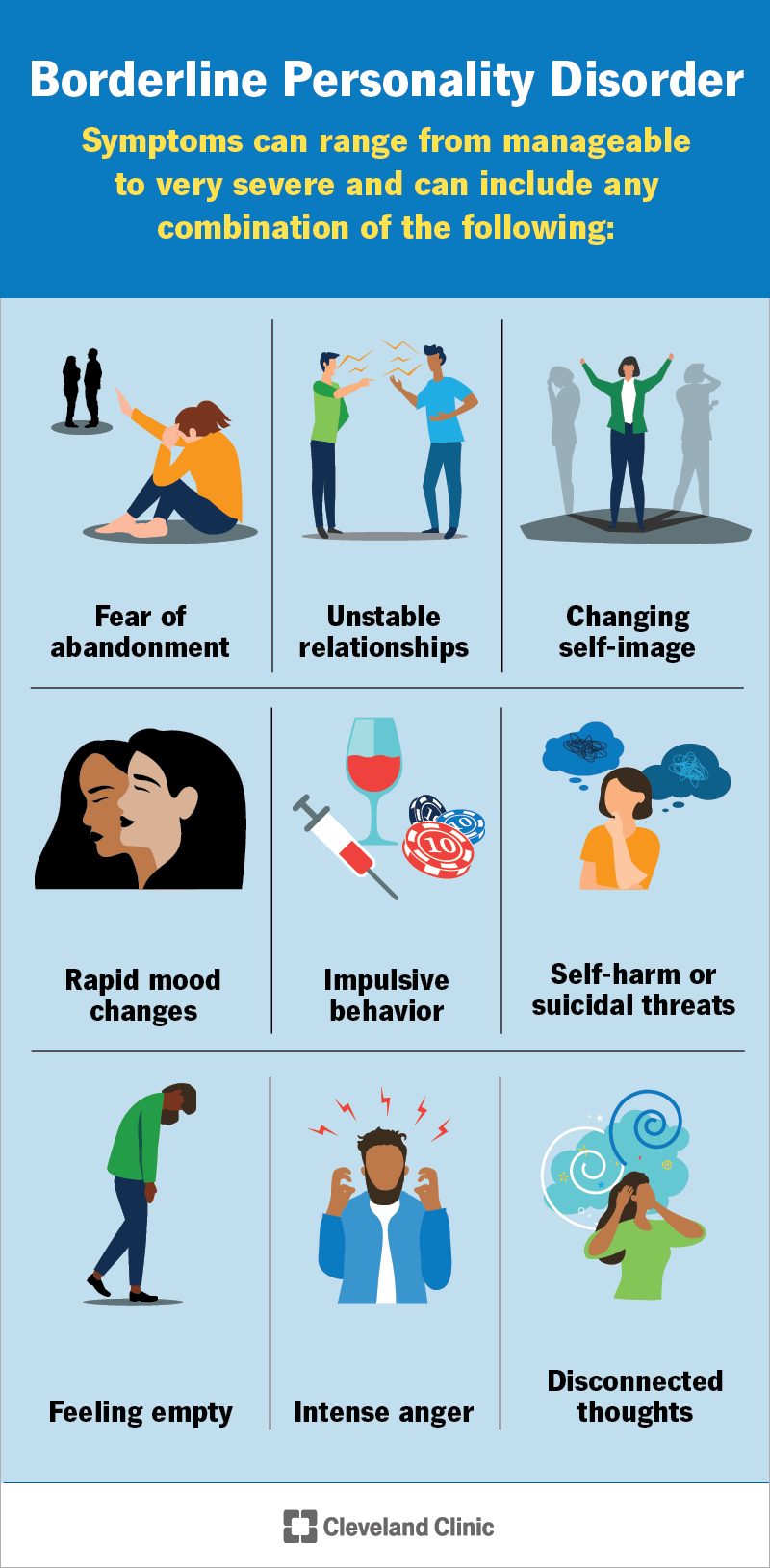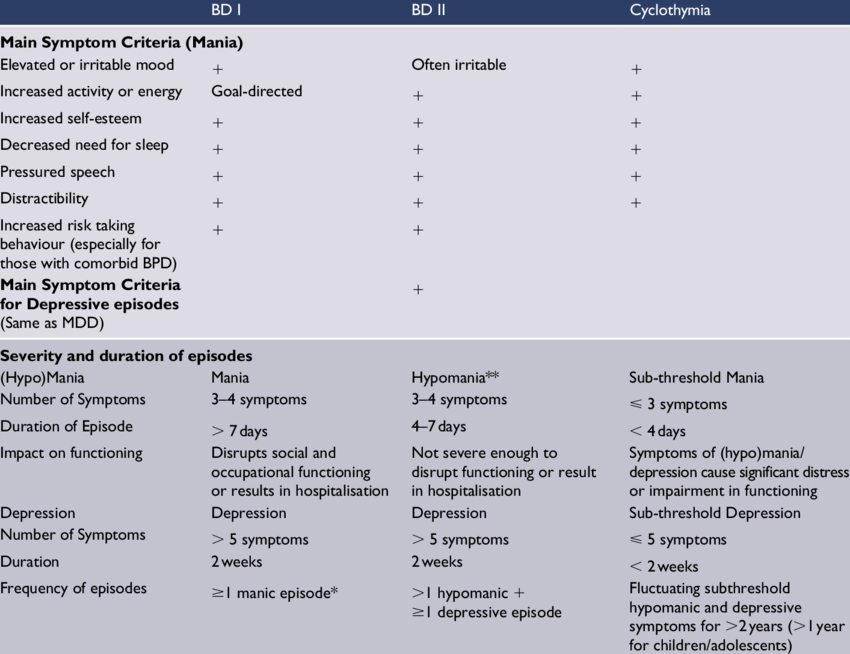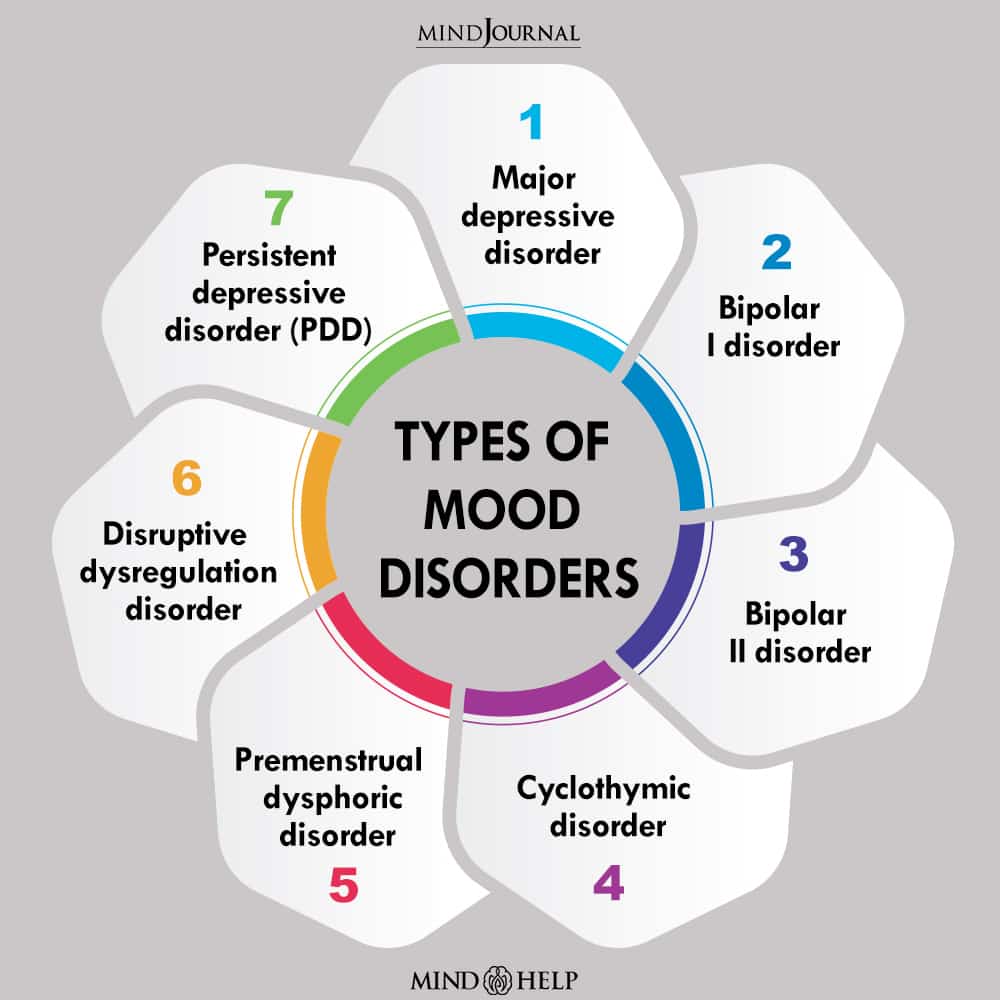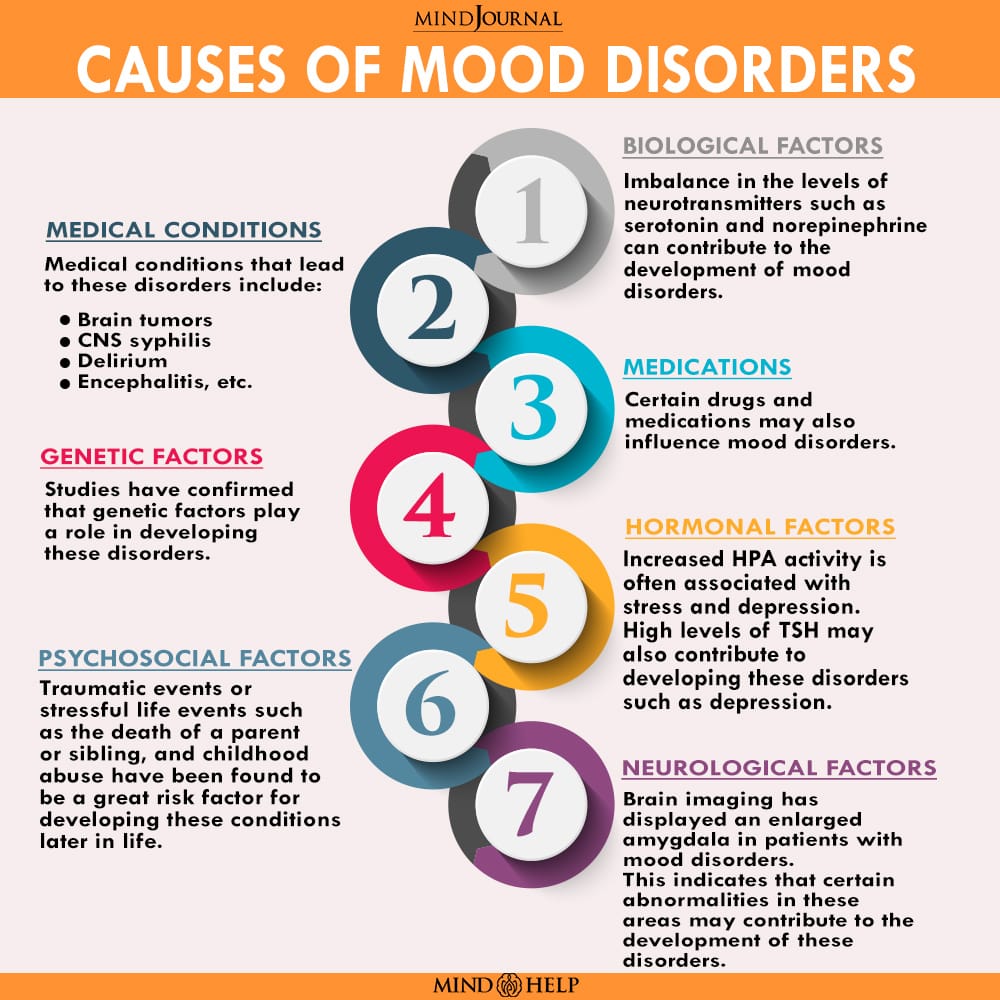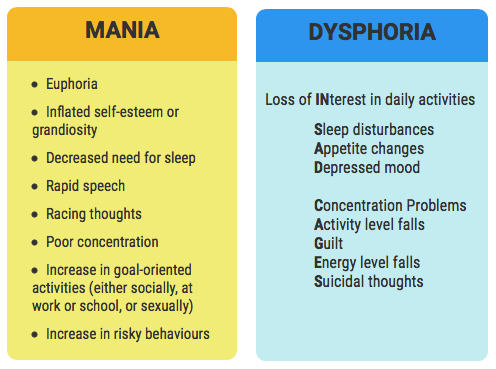Awesome Info About How To Diagnose Mood Disorders
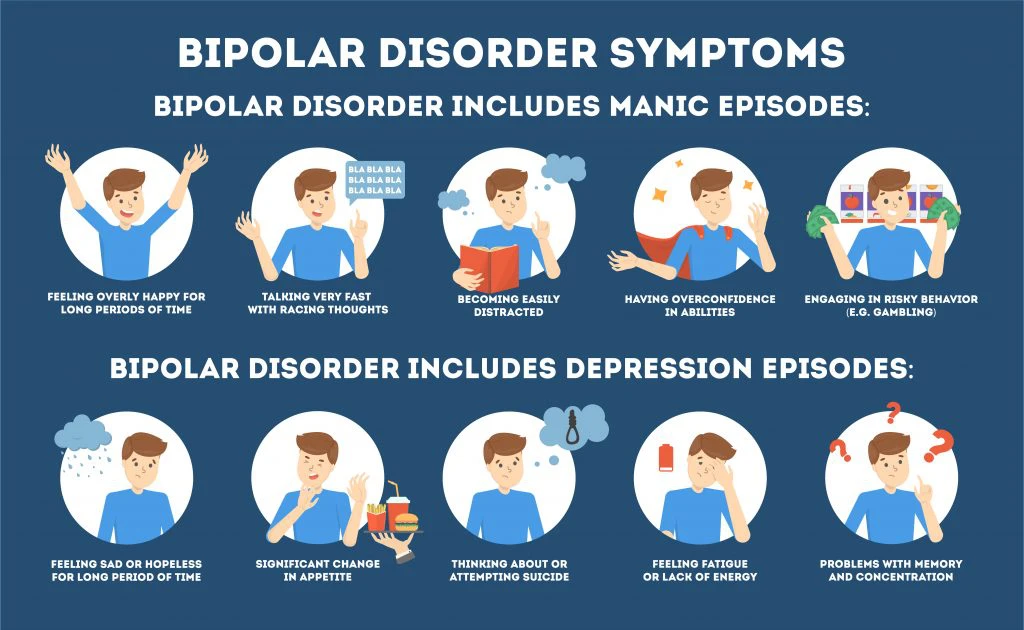
If you have a mood disorder, your general emotional state or mood is distorted or inconsistent with your circumstances and interferes with your ability to function.
How to diagnose mood disorders. In general, a mood disorder is diagnosed when sadness, elation, anger or other emotion is: Mood disorders are diagnosed through both physical examinations and mental health evaluations. Your physician will perform a physical exam to rule out any underlying.
This involves discussing your thoughts, feelings and behavior to help pinpoint a diagnosis and check for related complications. Psychosis associated with epilepsy is frequently observed among. Typical treatments for dmdd include a.
Feelings of sadness, low mood, and loss of interest in their usual. What moods are not, some examples of overlapping. People who skip maintenance treatment are at high risk of a relapse of.
Antidepressant and mood stabilizing medicines —especially when combined with psychotherapy have shown to work very well. Be able to elicit the key symptoms of mood disorders to formulate a differential diagnosis. To diagnose mood disorders, your mercy provider or behavioral health professional may:
For the diagnosis of disruptive mood dysregulation disorder in children, a child must exhibit symptoms for at least 12 months. At the children’s hospital of philadelphia, a specialist will. Understand symptoms of major mood disorders.
Because the effects of mood disorders can be easy to ignore, it’s important to be tuned in to small changes in how you feel. Accompanied by other mood disorder symptoms, such as sleep. An accurate diagnosis of the mood disorder, as well as any other conditions, is a crucial first step in managing the disorder effectively.
/379962-bipolar-disorder-symptoms-and-diagnosis-5b1150af3418c60037552e47.png)
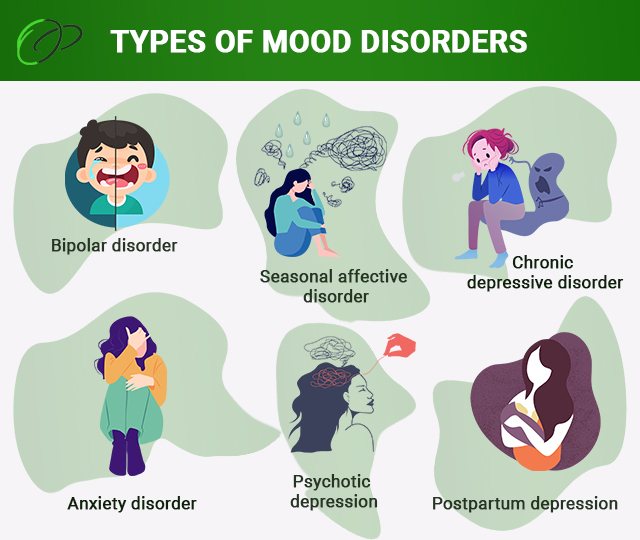
/bipolar-disorder-5090253-Final-57ddbbb3e46b44e7aba7d3a05f3f693b.jpg)

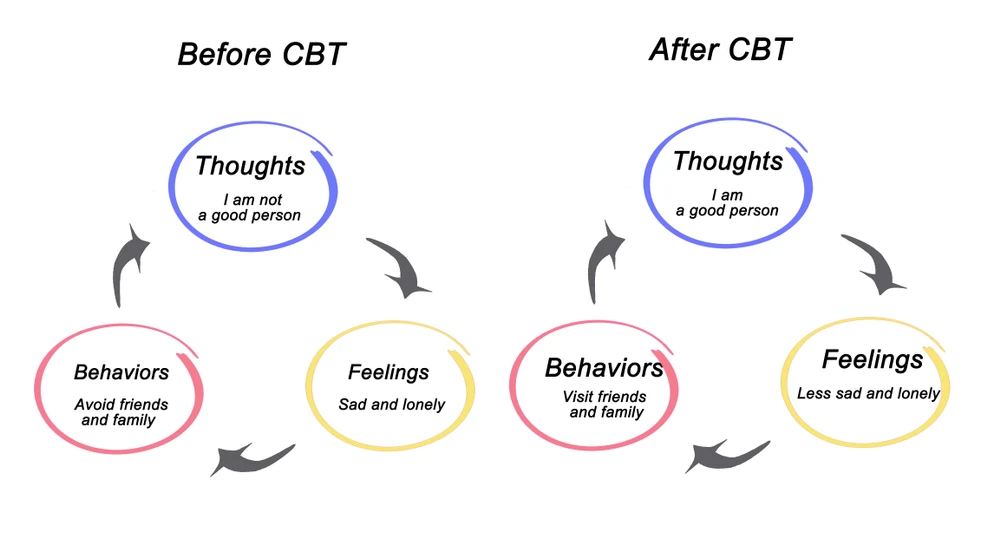
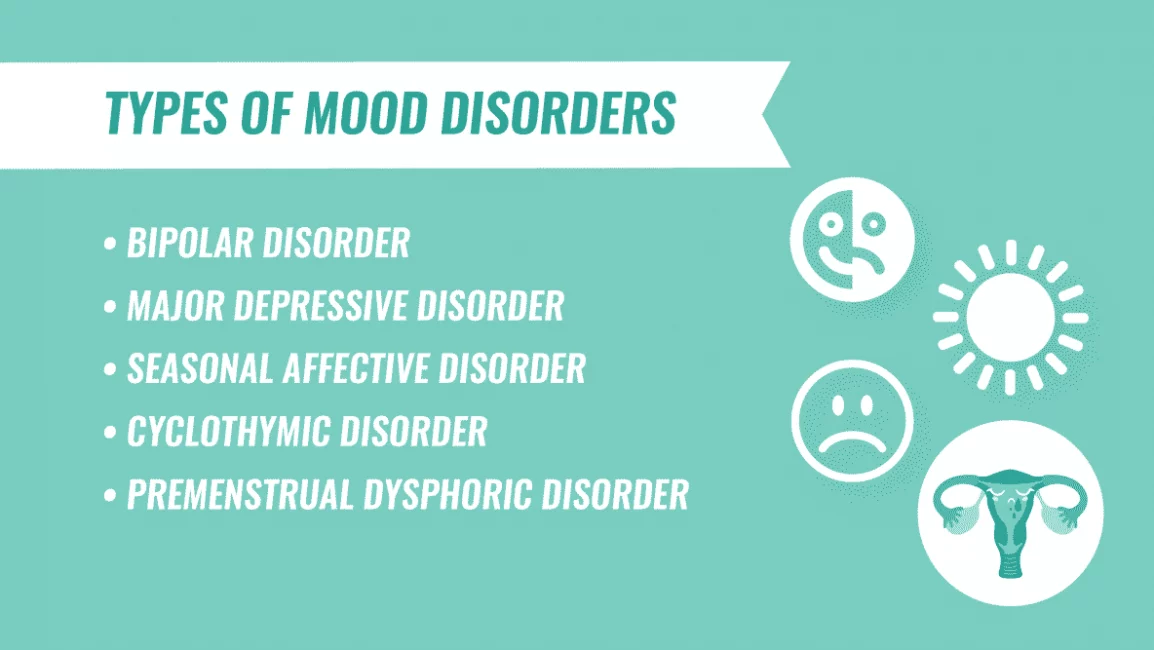
/common-types-of-depression-1067313_V3-c0654a8dc19049a086684d391318514f.png)


